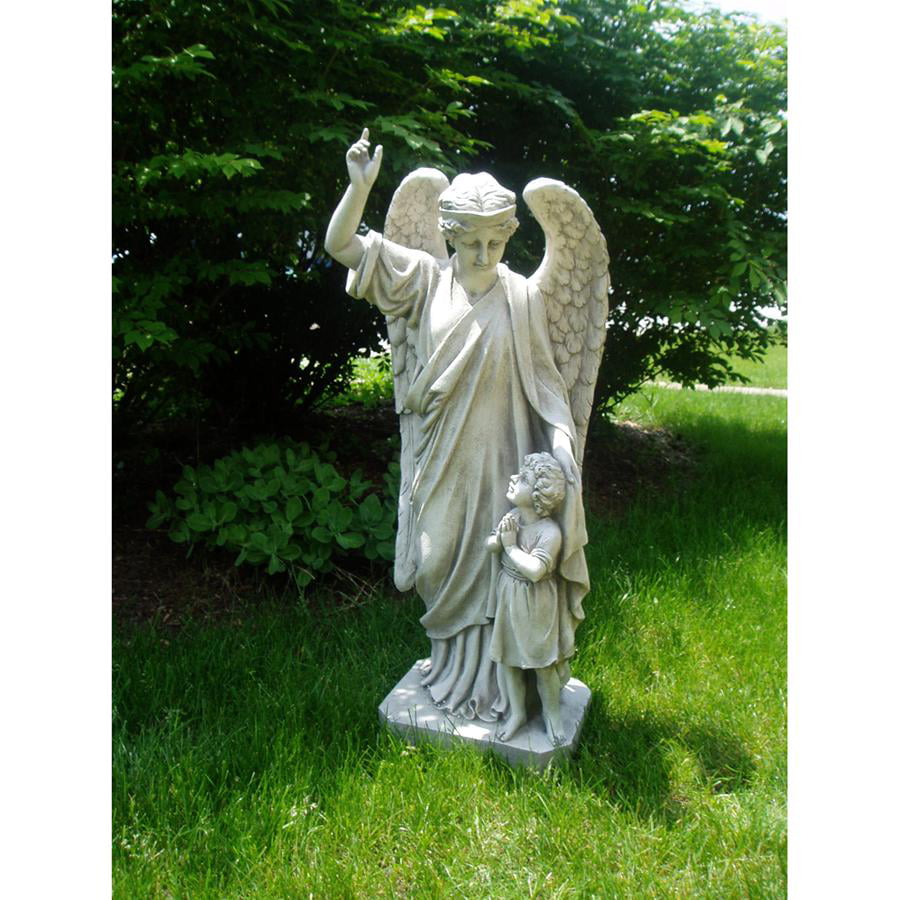

with creepy murals, zebra statues, and gargoyles guarding baggage claim. It is an "exploration of memory, fear, alienation, dreams, identity and humour. Angel number 919 has a very special meaning since it contains the numbers 9 and.

"Through this process of reflection since my beginnings as an artist, I have seen a close relationship between art, politics and society," Suwage said. Angel and Guardian Angel Figures and Garden Statues Heavenly Divine Rosaries sells a large variety of quality Christian angels and guardian angels gifts for. In his "Passion Play" installation, he puts life-size mannequins representing his collectors and agents in a large cage.
#GUARDIAN ANGEL STATUE SERIES#
In the "Toys 'S' US" series from 2003, he miniaturises himself as a wire toy in various forms to explore the relationship between artist and collector, and how he felt infantilised and forced to work by those around him in the art scene. Suwage went on to study graphic art in the Indonesian city of Bandung where a photographer roommate captured the images he would use as the basis of his early self-portraits.Īt the end of the 1990s he lived through the repression of student movements and deadly riots in Jakarta, a period that would shape his development as an artist.Īfter experiencing success around the world - his works can be found in museums from Japan to the United States - and seeing the price of his pieces soar, Suwage is not shy to criticise the art market. The Suharto regime forced the artist, from a Chinese-Indonesian merchant family in Central Java, to adopt a more Indonesian-sounding name in 1967 from his birth name of Oei Hok Sioe. On the other hand the Angel continued his unexpected manifestations, and on October 2, the feast day of guardian Angels,20 the petite nun was granted a. In one, a skeleton sits in a bathtub of rice ("Luxury Crime"), in others a pyramid of one thousand beer bottles is topped by a "guardian angel" skeleton and a statue of a half-naked Frida Kahlo hangs on the cross, her body pierced by arrows. Suwage's later installations give pride of place to dark humour, and their provocative nature increasingly tests the tolerance of the public in the country with the largest Muslim population in the world. "He began making self-portraits firstly because he believes that one must be self-critical before you criticise others, and also there was an economic pragmatism about it, he would use his own body and wouldn't have to pay models," he said. In Suwage's work, "the self-portrait came from the beginning," Aaron Seeto, director of the Macan Museum, told reporters.


 0 kommentar(er)
0 kommentar(er)
